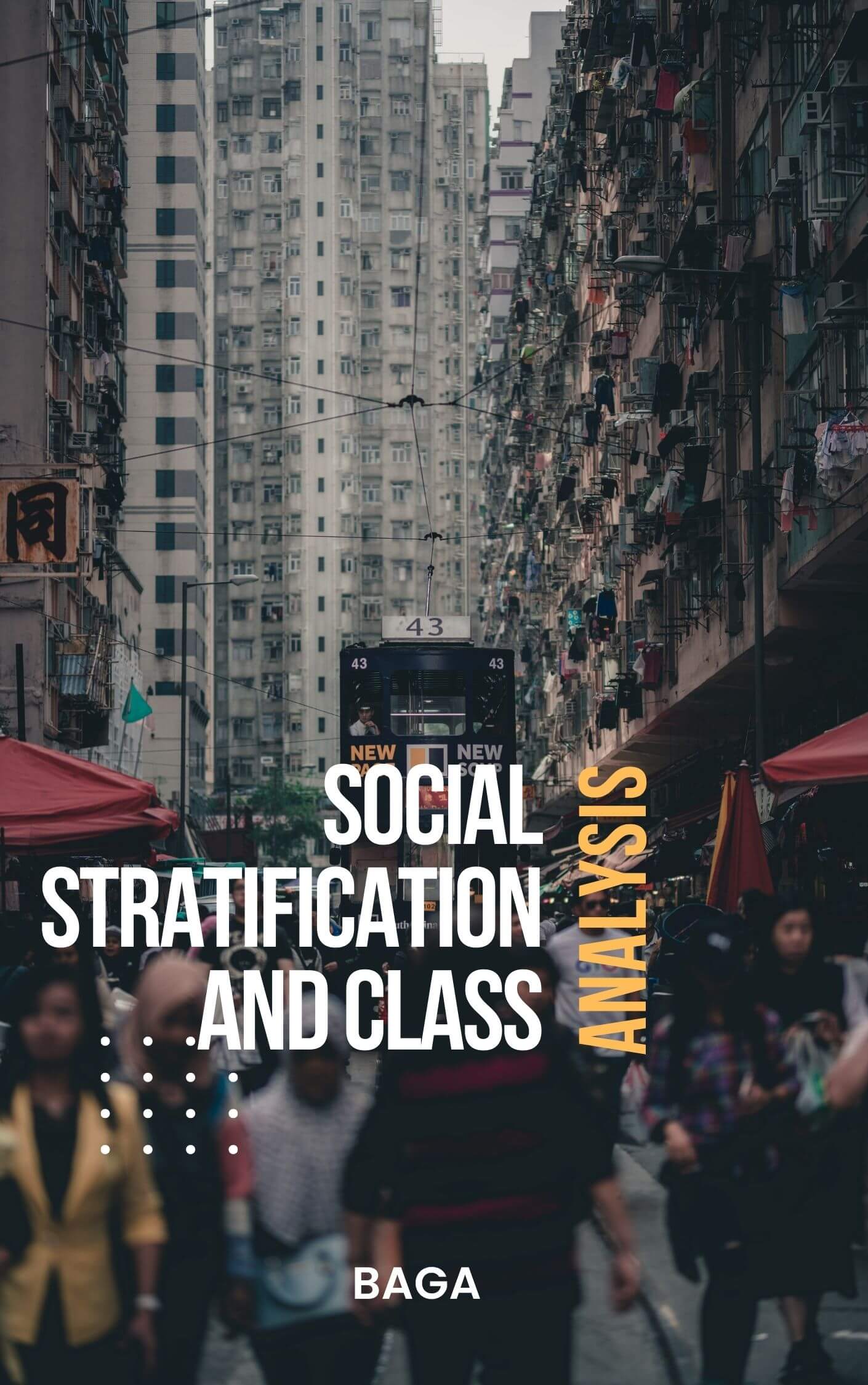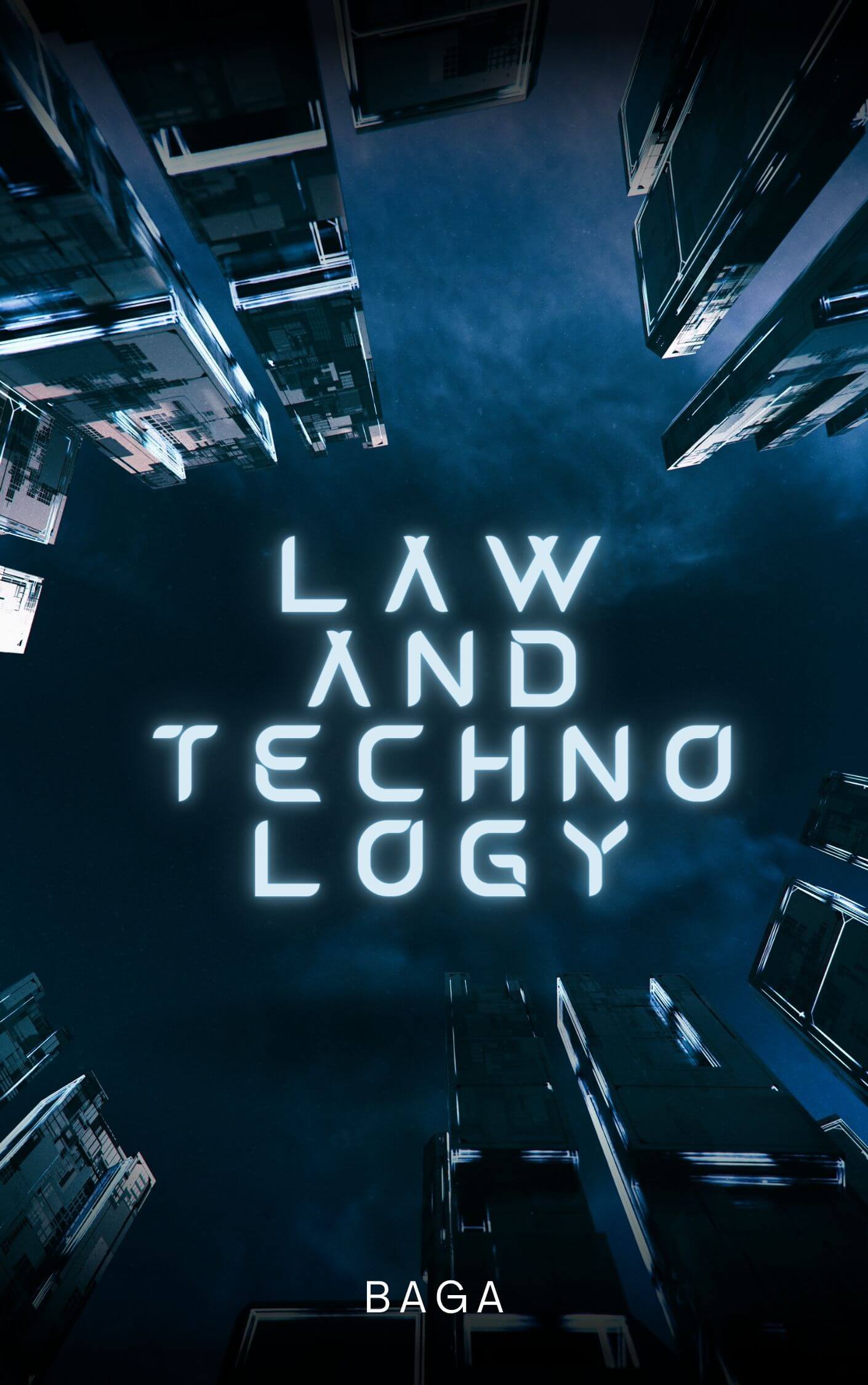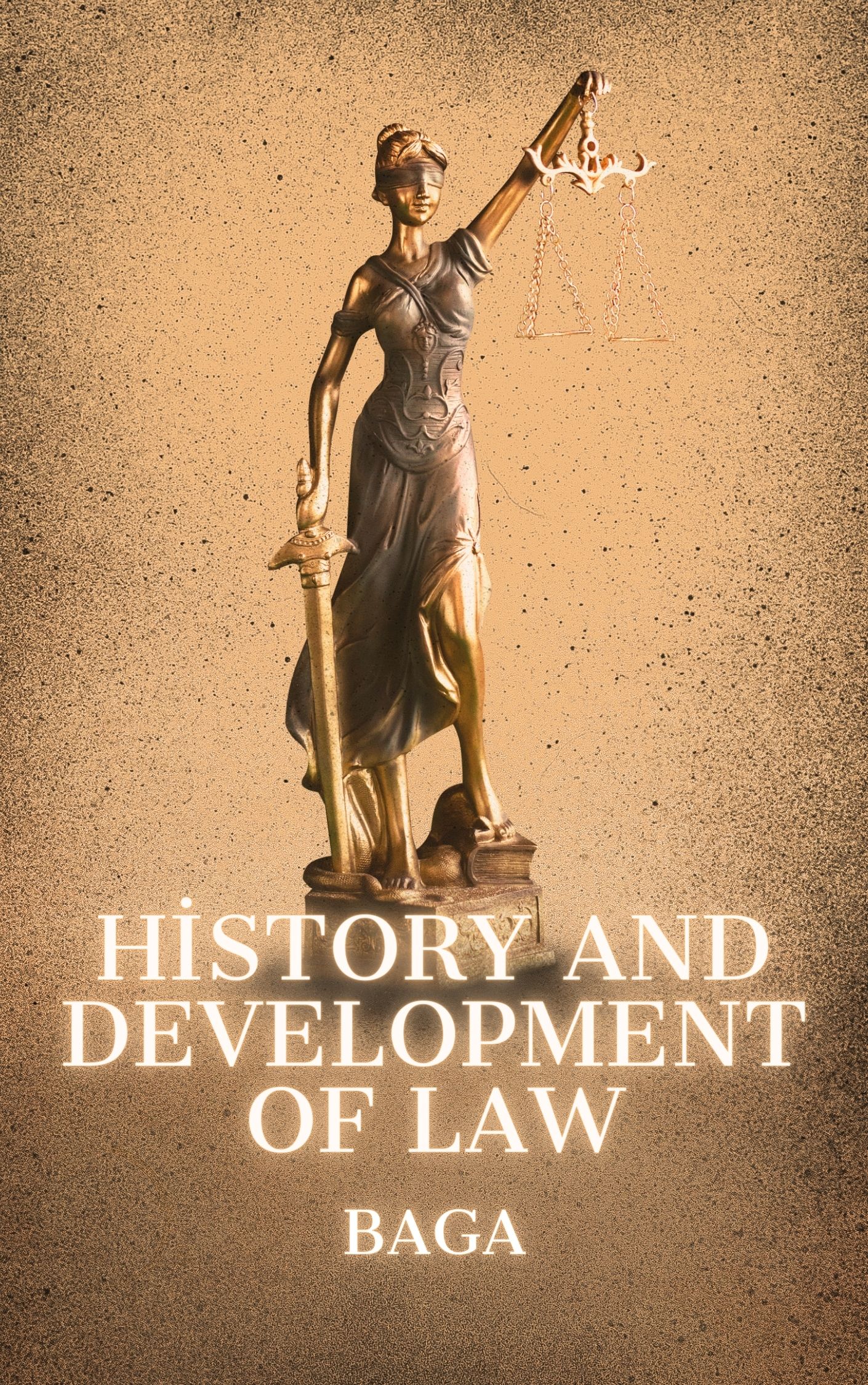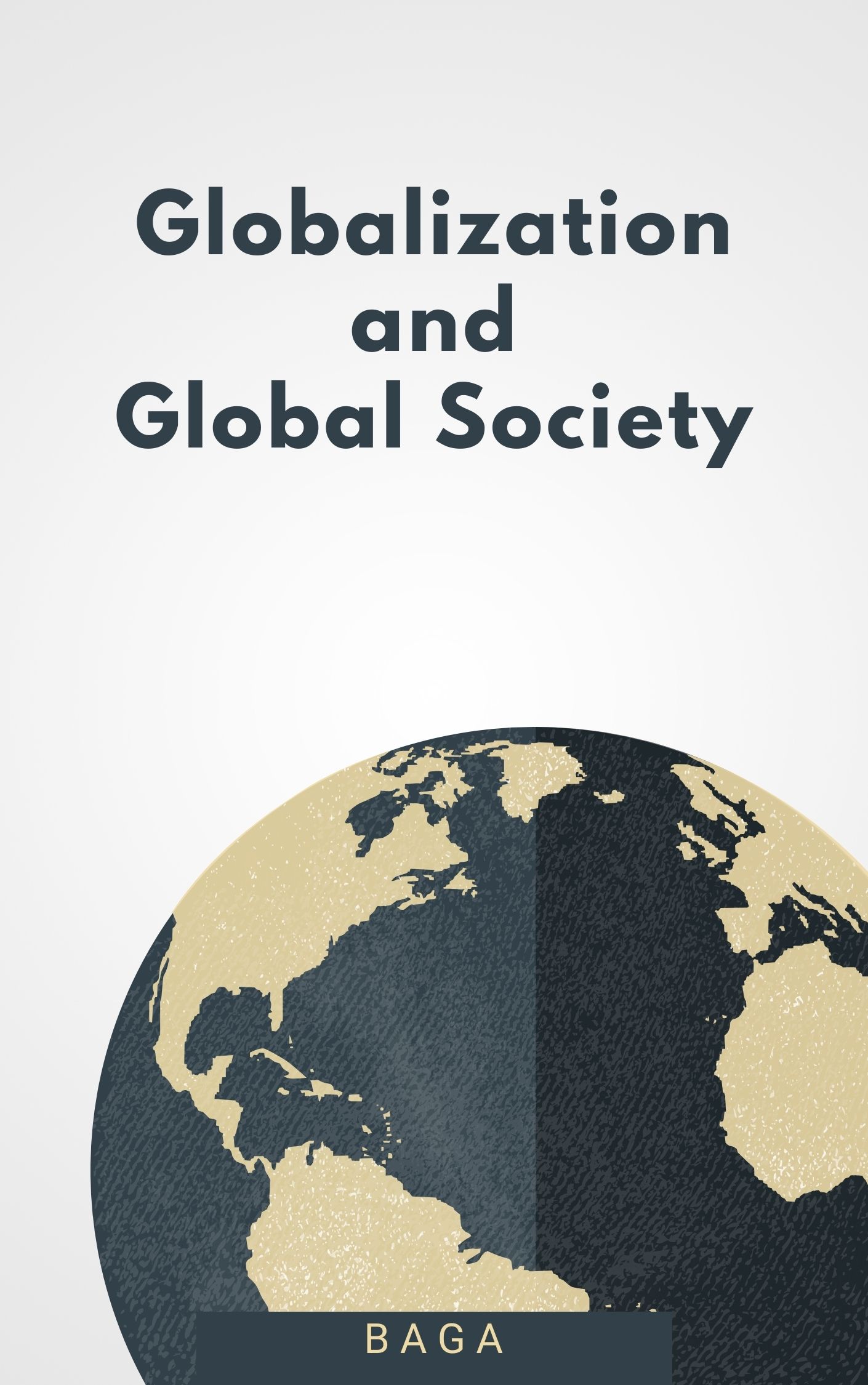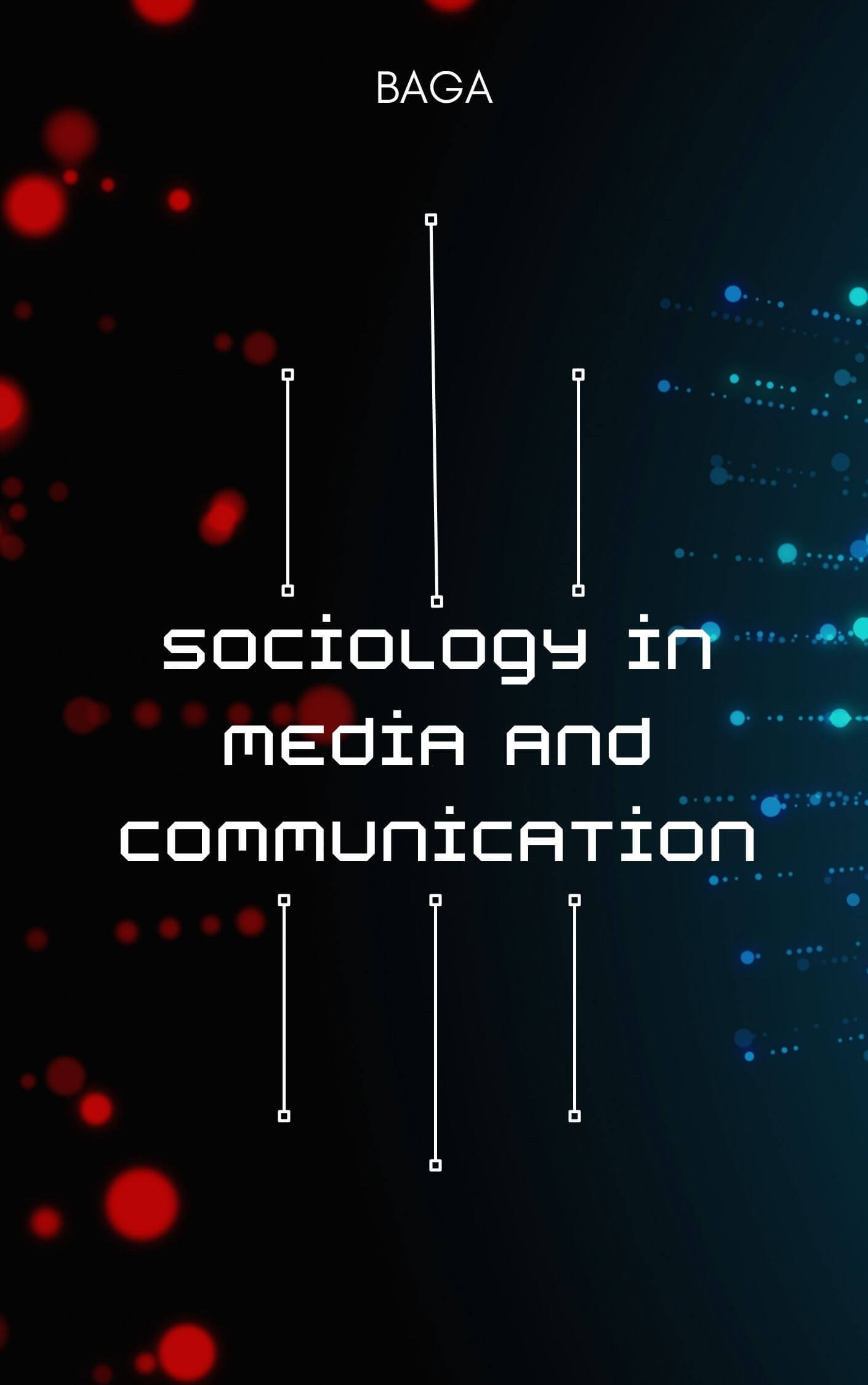
"Sociology in Media and Communication and Class Analysis" is a comprehensive book that offers a profound exploration of the intersection of sociology, media, communication, and class analysis. This enlightening work delves into the complex relationships between media, communication, and social class, shedding light on their significant impact on society, culture, and individuals. The book begins by defining and contextualizing the key concepts of sociology, media, communication, and class analysis. It explores the historical development of these concepts and their evolving relevance in the modern world. It examines how media and communication technologies have shaped and continue to influence social class structures and dynamics. "Sociology in Media and Communication and Class Analysis" scrutinizes the role of media in perpetuating or challenging class-based inequalities. It investigates how media representations, narratives, and content contribute to the construction of class identities and perceptions. The book delves into the ways in which media influence public opinion and shape class-related discourses, shedding light on the power dynamics at play. Moreover, the book offers critical insights into the intersections of social class with other forms of inequality, including race, gender, and age, within media and communication contexts. It underscores how these intersecting factors influence media representation and access to communication platforms, further compounding disadvantages for marginalized groups. The book engages with contemporary issues related to media, communication, and class analysis, including the digital divide, social media's role in activism and social change, and the impact of media ownership on class disparities. It examines how media and communication technologies have transformed the ways in which class is experienced, understood, and contested in the 21st century. "Sociology in Media and Communication and Class Analysis" also explores the role of media literacy, media activism, and critical communication studies in challenging dominant narratives and advocating for social justice. It highlights the efforts of scholars, media practitioners, and activists in addressing class-based inequalities through media and communication. Furthermore, the book encourages critical thinking and reflection on the role of media in shaping class consciousness and social stratification. It underscores the importance of media literacy in navigating the complex media landscape and understanding how class is portrayed and discussed in various media forms. In essence, "Sociology in Media and Communication and Class Analysis" serves as a valuable resource for students, scholars, media professionals, and anyone interested in understanding and addressing the intricate relationships between sociology, media, communication, and class. It offers a deep dive into the sociological underpinnings of class analysis within media and communication contexts, empowering readers to engage with these critical topics in a meaningful and informed way. This book is an invitation to explore the intersections of class and media in our contemporary world and to consider the implications for social justice and equality.



